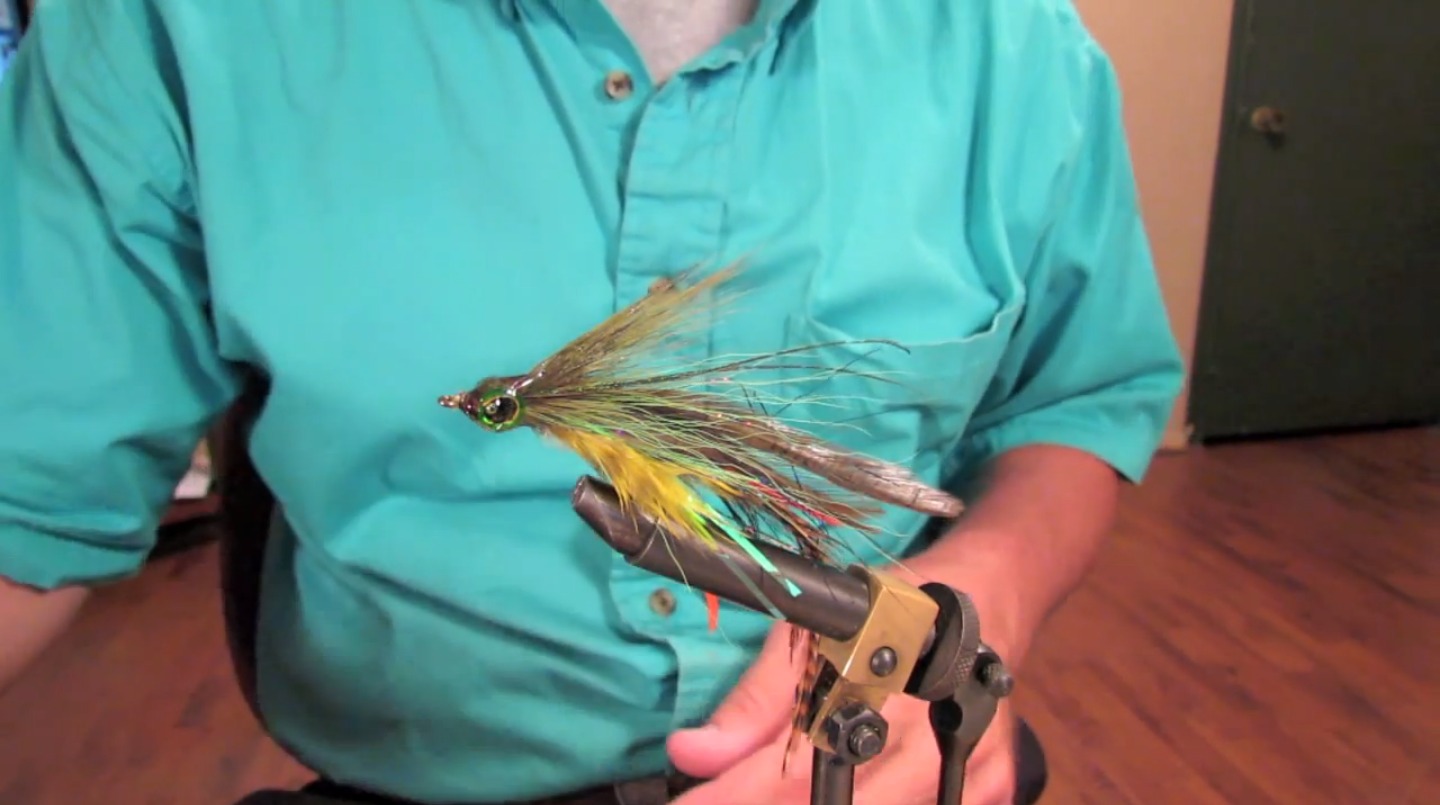Tie your own flies
Learn to tie simple fishing flies using thread, feathers, and hooks with adult supervision, practicing patience, fine motor skills, and basic knot techniques.



Step-by-step guide to tie your own flies
A Beginners Guide To Getting Started With Fly Tying Flies
Step 1
With an adult helping, secure one hook in a vise or tape it point-down to the table so the shank is horizontal.
Step 2
Attach the thread to the hook shank by making a few tight wraps from the eye toward the bend.
Step 3
Trim a small feather so its tip equals the length of the hook shank.
Step 4
Place the trimmed feather at the bend and wrap the thread over the feather stem to secure it with several tight turns.
Step 5
Tie a small piece of yarn or chenille at the same spot as the feather base with one or two tight wraps.
Step 6
Wrap the yarn forward in even turns to form the fly body, stopping just behind the eye of the hook.
Step 7
Make several tight thread wraps over the yarn end to lock the body in place.
Step 8
Make a small neat head by wrapping the thread a few times right behind the eye.
Step 9
Tie a small finishing knot (a half hitch) to secure the thread end and trim the excess thread close to the knot.
Step 10
Ask an adult to apply a tiny drop of clear nail polish or super glue to the head to seal and strengthen your knot.
Step 11
Trim any extra feather fibers or yarn to shape the fly so it looks tidy and balanced.
Step 12
Repeat these steps to make at least two more flies to practice patience and improve your technique.
Step 13
Share a photo and description of your finished flies on DIY.org.
Final steps
You're almost there! Complete all the steps, bring your creation to life, post it, and conquer the challenge!


Help!?
What can we use if we don't have a vise, real feathers, or chenille yarn?
If you don't have a vise follow step 1 and tape the hook point-down to the table, substitute small craft feathers or thin fabric strips trimmed to the shank length as in step 3, and use regular yarn or embroidery floss in place of chenille for the body in step 5.
My thread keeps slipping and the feather moves—how do we fix that?
Keep steady tension and make the initial tight wraps from the eye toward the bend as in step 2, then wrap the thread over the feather stem with several tight turns per step 4, and if it still slips add a tiny dab of clear nail polish or super glue at the base (step 11) before trimming.
How can we adapt the steps for younger or older kids?
For younger children let an adult secure the hook in a vise or tape it (step 1) and have the child place the trimmed feather and hold the yarn while the adult does the tight wraps and finishing knot (steps 2–9), whereas older kids can perform the full sequence including the half hitch and sealing with glue (steps 9–11) and experiment with sizing and trimming (steps 3 and 13).
What are simple ways to personalize or improve our flies?
Personalize by varying the feather length from step 3 and yarn colors during the body wraps in step 6, add a small bead near the eye before wrapping the yarn for extra flash, trim fibers neatly as in step 13, seal the head with clear nail polish in step 11, and then share your finished flies on DIY.org.
Watch videos on how to tie your own flies
Y2K Fly Pattern | Quick & Easy Fly Tying Tutorial
Facts about fly tying for kids
🧵 Fly-tying thread comes in different thicknesses (denier or weight) — some threads are finer than a human hair.
🪝 Hook sizes are counterintuitive: higher numbers mean smaller hooks (so size 16 is much tinier than size 2).
🪶 Many fly patterns use rooster hackle or pheasant feathers because their fibers move naturally in water.
🧠 Tying flies helps build fine motor skills, patience, and hand-eye coordination — perfect practice for kids.
📜 Written records about artificial flies and fly-fishing go back more than 2,000 years.
How do you teach a child to tie simple fishing flies?
What materials do I need to tie beginner fishing flies with a child?
What ages is fly-tying suitable for children?
What safety tips should parents follow when kids tie flies?


One subscription, many ways to play and learn.
Only $6.99 after trial. No credit card required



